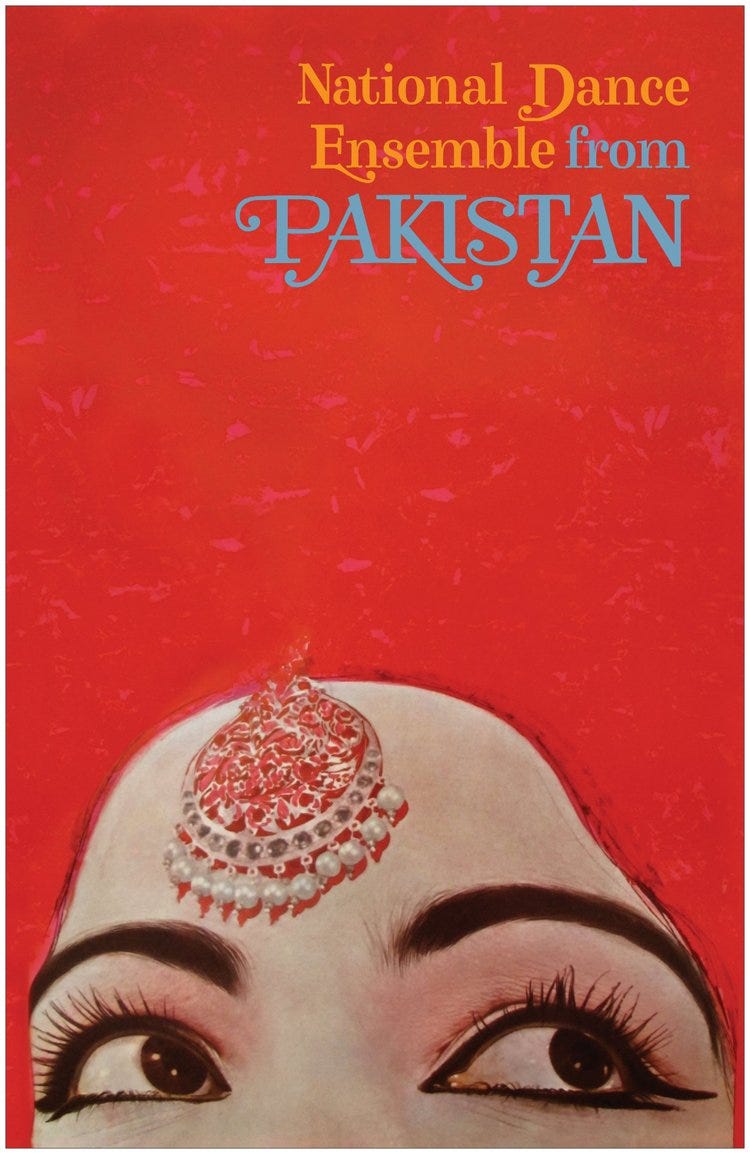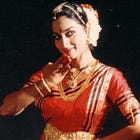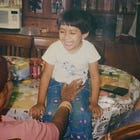Welcome to the Brown History Newsletter. If you’re enjoying this labor of love, please do consider becoming a paid subscriber. Your contribution would help pay the writers and illustrators and support this weekly publication. If you like to submit a writing piece, please send me a pitch by email at brownhistory1947@gmail.com.

Recommended Reads:
Badal Roy: The Tabla's Unseen Hand in the Jazz Revolution
It's a curious whisper that runs through the grand narratives of history, the almost-inaudible footnote that, upon closer listening, reveals itself to be a crucial melody. When we conjure the seismic shifts of the 1960s jazz revolution, our minds instinctively paint a familiar canvas: the soaring saxophone of Coltrane, the enigmatic trumpet of Miles, Gillespie’s bebop fireworks. These are the titans, the architects of a new sonic landscape. Yet, behind the clamor and the brilliance, in the very undercurrents of this audacious music, lay the subtle, almost spectral influence of a man who arrived from a world seemingly distant from the smoky clubs of Greenwich Village: Badal Roy, a tabla virtuoso whose hands, steeped in the rhythms of the Subcontinent, helped to sculpt a sound that blurred the edges of tradition and forged something entirely new. His story is a testament to the unpredictable nature of artistic evolution, a reminder that innovation often blossoms in the most unexpected corners of the world and through the most unconventional paths.







